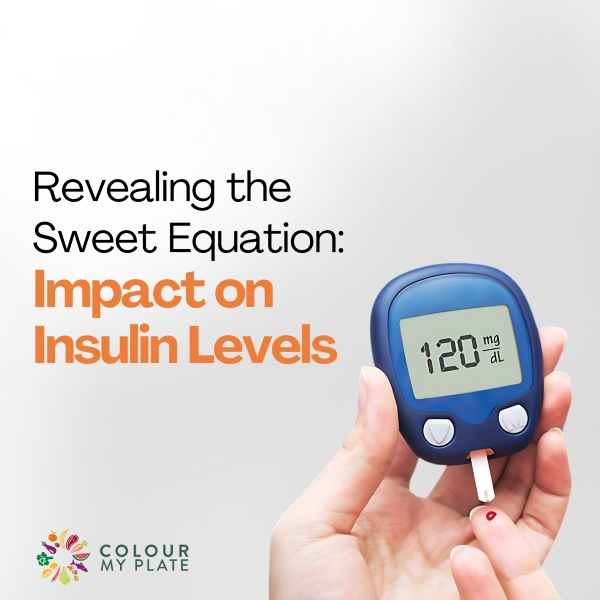
![]() 28 Jun 2024
28 Jun 2024
In the field of nutrition, researchers have closely examined the connection between sweet foods and insulin levels for a considerable period. Many believe that indulging in sugary treats inevitably leads to a rollercoaster ride of insulin spikes and crashes, leaving us feeling drained and lethargic. However, the story is more sophisticated than a simple equation of sweets equals insulin rush. By exploring the composition of sweets, practicing portion control, and making mindful choices, we can manage the influence of sugary foods on our insulin levels wisely without inflicting damage.
One key factor in alleviating the impact of sweets on insulin levels is their composition. Not all sweets are created equal, and the way they interact with our bodies varies depending on their makeup. When consumed alone, sweets can indeed trigger sudden spikes in insulin levels. However, the secret here lies in coupling these sugary desserts with sources of protein, healthy fats, or fiber. When consumed together, they can significantly slow down the absorption of sugars into the bloodstream.
For example, when craving something sweet like chocolate, instead of going for plain chocolate, consider incorporating a treat that combines dates filled with nut butter and a drizzle of dark chocolate. The combination of protein and healthy fats in the nut butter, along with the fiber-rich dates, creates a more balanced experience for your body, blunting the sharp rise in insulin levels usually linked with sugary treats.
Another crucial aspect to consider when enjoying sweets is serving or portion control. While it’s tempting to consume large servings of our favorite snacks, moderation is key to maintaining stable insulin levels and overall well-being. Keeping servings small, around 20 grams of a sweet treat, like a scoop of ice cream, allows us to satisfy our sweet tooth without overloading our bodies with excessive sugars.
By adopting the mindset of “less is more” when it comes to sweets, we can strike a balance between enjoyment and health, ensuring that our insulin levels remain steady, and our energy levels sustained throughout the day.
Refined sugars hide in many places, like candies, sugary drinks, cakes, and pastries. While these treats give quick satisfaction, they can make our insulin levels go up fast and then drop suddenly. To avoid feeling like we’re on a rollercoaster, it’s important to stay away from these sugary foods and choose sweets that have fiber-rich foods with them for better balance.
In conclusion, the relationship between sweets and insulin levels is more subtle than commonly believed. By paying attention to the composition of sweets, practicing portion control, and avoiding refined sugars, we can enjoy our favorite treats without experiencing dramatic fluctuations in insulin levels. With moderation, mindfulness, and prioritizing quality over quantity, we can indulge in desserts while also supporting our overall health and well-being.

We noticed you haven't completed your delivery details.

Your message is sent